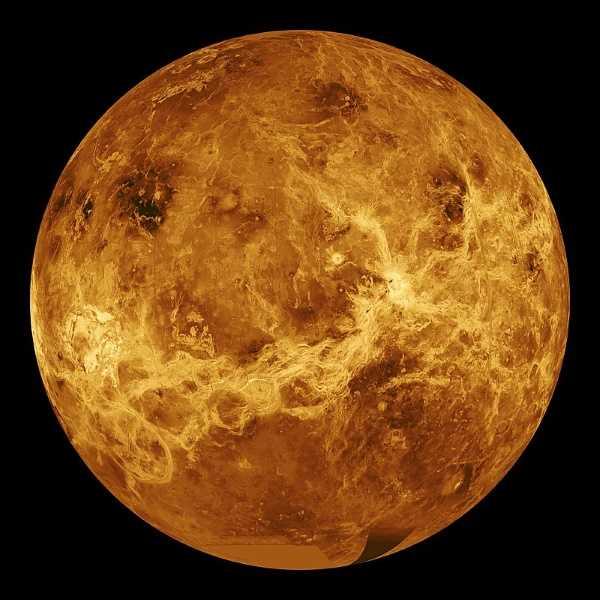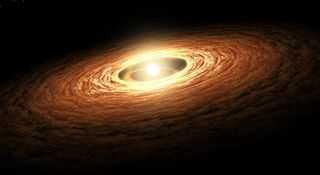Diverse Terrain
Venus has a solid surface covered in dome-like volcanoes, rifts, and mountains, with expansive volcanic plains and vast, ridged plateaus.
11
96 reads
CURATED FROM
IDEAS CURATED BY
Hi, I'm an intermediate-level application developer with a passion for programming and an enthusiasm for learning.
The idea is part of this collection:
Learn more about scienceandnature with this collection
How to build trust in a virtual environment
How to manage remote teams effectively
How to assess candidates remotely
Related collections
Similar ideas to Diverse Terrain
Venus
Venus is the second planet from the Sun and our closest planetary neighbor.
Similar in structure and size to Earth, Venus spins slowly in the opposite direction from most planets.
Its thick atmosphere traps heat in a runaway greenhouse effect, making it the hottest planet in our sol...
Structure
Venus is in many ways similar to earth in its structure.
It has an iron core that is approximately 2,000 miles (3,200 kilometers) in radius. Above that is a mantle made of hot rock slowly churning due to the planet's interior heat.
The surface is a thin crust of rock that bulges and...
Formation
When the solar system settled into its current layout about 4.5 billion years ago, Venus formed when gravity pulled swirling gas and dust together to form the second planet from the Sun.
Like its fellow terrestrial planets, Venus has a central core, a rocky mantle and a solid crust.
Read & Learn
20x Faster
without
deepstash
with
deepstash
with
deepstash
Personalized microlearning
—
100+ Learning Journeys
—
Access to 200,000+ ideas
—
Access to the mobile app
—
Unlimited idea saving
—
—
Unlimited history
—
—
Unlimited listening to ideas
—
—
Downloading & offline access
—
—
Supercharge your mind with one idea per day
Enter your email and spend 1 minute every day to learn something new.
I agree to receive email updates

